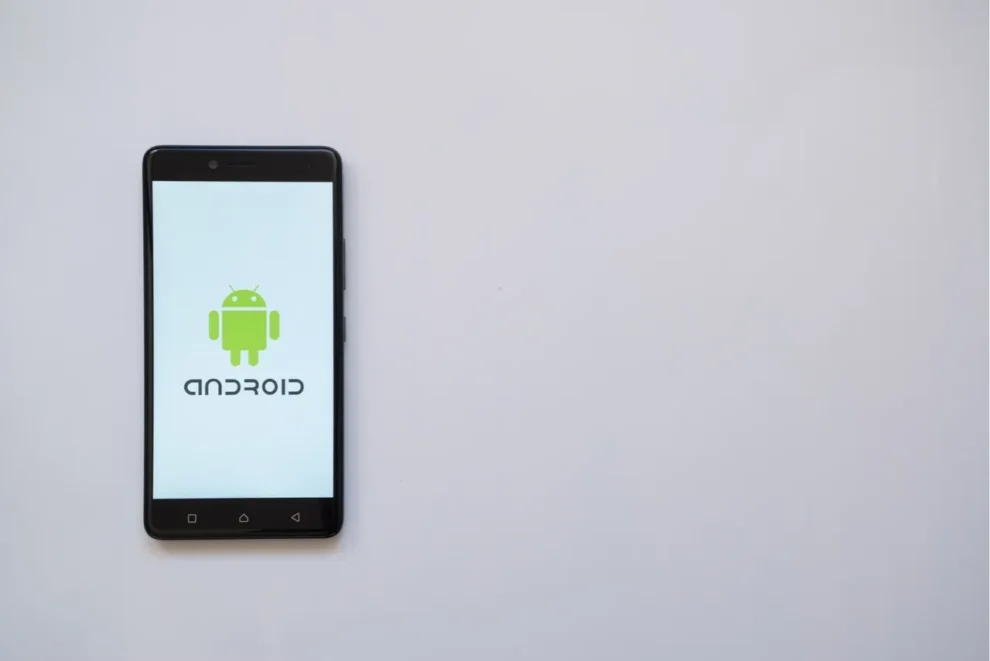In an age where advertising is pervasive across digital platforms, Android users might soon face a new frontier directly on their devices: lock screen advertisements. This initiative, led by Glance, a company backed by tech giant Google, signals a potentially significant shift in how users interact with their smartphones.
The Rise of Lock Screen Advertisements
Glance, a subsidiary of the InMobi Group, has been making headlines with its plans to expand its lock screen services to the United States. Already operational across 400 million smartphones in Asia, Glance aims to implement its technology on several Android models in the U.S. through partnerships with mobile carriers. The service displays news and other related information right on the lock screen, an area previously reserved for personal notifications and essential phone functions.
User Concerns and Criticisms
The prospect of lock screen ads has not been met without criticism. Users express concerns over increased distractions and the potential invasion of privacy. The difficulty in disabling these ads on devices where they are already active points to a deeper issue of user control and autonomy over personal devices. However, Glance will not be displaying ads on lock screens in North America as of now.
Potential Market Impact
From a business perspective, lock screen ads represent a lucrative opportunity for advertisers and a way for carriers and manufacturers to monetize their devices further. However, this comes at the potential cost of user satisfaction and brand loyalty. The backlash from similar strategies by companies like Amazon and Samsung in the past suggests a delicate balance must be struck between profit and user experience.
As Android lock screen ads prepare to enter the U.S. market, both consumers and companies will closely watch the response. Will these ads offer value, or will they become another digital hurdle for users to navigate? Only time will tell how this bold strategy will play out in the complex landscape of digital advertising and consumer technology.
For users concerned about these developments, staying informed and checking device settings for ad controls will be crucial as these technologies roll out. As always, the intersection of technology and user experience remains a dynamic and evolving field.



















Add Comment